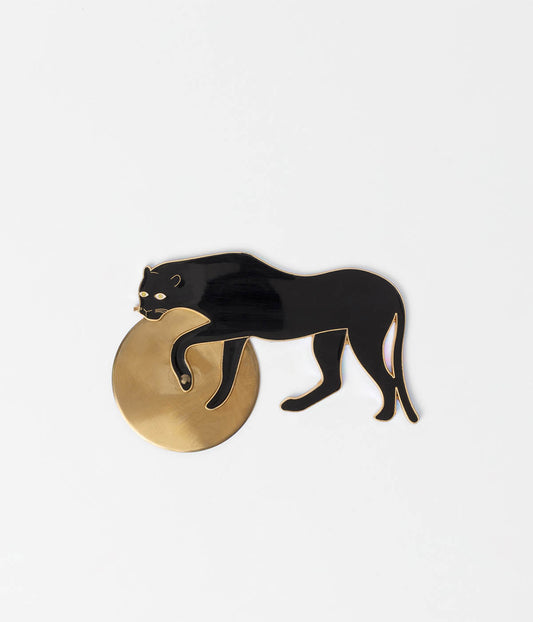
How Dogs See the World
Marie DuchessHave you ever wondered how dogs perceive the world around them? Dogs have a unique way of seeing things that is quite different from humans. In this blog post, we will explore the fascinating world of a dog's vision and gain a deeper understanding of how they see the world.
What colors can dogs see?
Contrary to popular belief, dogs are not completely colorblind. While they do not see the world in the same vibrant spectrum as humans, they can still perceive colors to some extent. Dogs have a limited color vision and primarily see the world in shades of blue and yellow. They have difficulty distinguishing between red and green, which appear as shades of gray to them.
How well do dogs see in the dark?
Dogs have a remarkable ability to see in low light conditions. Their eyes are equipped with a higher number of rod cells, which are responsible for detecting light and motion. This gives them an advantage when it comes to navigating in the dark. In fact, dogs can see much better than humans in dimly lit environments, making them excellent companions for nighttime adventures.
Can dogs see better than humans?
While dogs have superior night vision, their overall visual acuity is not as sharp as humans. They have fewer cone cells in their eyes, which are responsible for color perception and visual acuity. This means that dogs may not see fine details as clearly as humans do. However, their visual acuity is still sufficient for their daily activities, such as playing fetch or chasing squirrels.
Do dogs see movement differently?
Dogs have a keen sense of motion detection. Their eyes are highly sensitive to movement, allowing them to track objects with precision. This is why dogs excel in activities that involve chasing or retrieving moving objects. Their ability to detect even subtle movements is a result of their evolutionary adaptation as predators.
How do dogs see TV and screens?
Ever noticed your dog staring at the TV screen? Dogs can see images on screens, but their visual perception is different from ours. Due to their higher flicker fusion frequency, dogs may perceive the images on screens as a series of rapidly changing still images rather than a continuous motion. This is why some dogs may show interest in certain TV programs or videos, especially those with fast-paced action.
Conclusion
Understanding how dogs see the world can help us better comprehend their behaviors and preferences. While their color vision may be limited, dogs compensate with their exceptional night vision and motion detection abilities. So the next time you take your furry friend for a walk, remember that they experience the world in their unique way, and it's truly fascinating!













